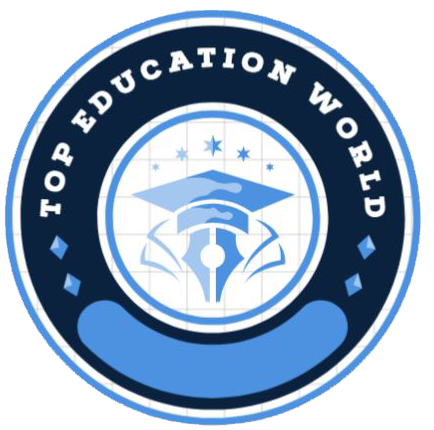Chapter 26 – Biotechnology generally covers the application of biological systems and organisms to develop new technologies and products that benefit society. Here’s a structured outline of what such a chapter might include:
1. Introduction to Biotechnology
- Definition: Biotechnology is the use of biological processes, organisms, or systems to develop products and technologies that improve human life and the health of the planet.
- Historical Background: Overview of the history of biotechnology, from traditional practices like fermentation to modern molecular biology techniques.
2. Basic Principles of Biotechnology
- Genetic Engineering: Techniques for modifying the genetic material of organisms, including gene cloning, CRISPR-Cas9, and gene editing.
- Recombinant DNA Technology: Methods for creating genetically modified organisms (GMOs) by combining DNA from different sources.
- Cell Culture: Techniques for growing cells under controlled conditions, used in research and production.
3. Applications of Biotechnology
- Medical Biotechnology:
- Pharmaceuticals: Production of drugs through biotechnology, including insulin, vaccines, and monoclonal antibodies.
- Gene Therapy: Treatment of genetic disorders by introducing, removing, or altering genetic material within a patient’s cells.
- Diagnostics: Development of diagnostic tools and tests, such as PCR (Polymerase Chain Reaction) and biosensors.
- Agricultural Biotechnology:
- Genetically Modified Crops: Development of crops with improved traits (e.g., pest resistance, drought tolerance).
- Biopesticides and Biofertilizers: Use of biological organisms to manage pests and improve soil fertility.
- Environmental Biotechnology:
- Bioremediation: Use of microorganisms to clean up environmental pollutants (e.g., oil spills, heavy metals).
- Waste Management: Applications in recycling and waste treatment to reduce environmental impact.
- Industrial Biotechnology:
- Bioprocessing: Use of enzymes and microorganisms in industrial processes (e.g., production of biofuels, biodegradable plastics).
- Biocatalysis: Use of natural catalysts, such as enzymes, to accelerate chemical reactions in manufacturing.
4. Techniques and Tools in Biotechnology
- PCR (Polymerase Chain Reaction): A method for amplifying DNA sequences.
- Gel Electrophoresis: Technique for separating DNA, RNA, or proteins based on size and charge.
- Sequencing Technologies: Methods for determining the nucleotide sequence of DNA.
- Bioinformatics: Use of computational tools and software to analyze biological data.
5. Ethical and Social Issues
- Genetic Privacy: Concerns about the use and protection of genetic information.
- GMOs: Ethical debates surrounding the safety and environmental impact of genetically modified organisms.
- Biopiracy: Controversies over the exploitation of genetic resources and traditional knowledge.
- Equity and Access: Issues related to the availability and affordability of biotechnological innovations.
6. Regulatory and Safety Considerations
- Regulatory Frameworks: Overview of regulations governing biotechnology, including national and international guidelines.
- Safety Assessments: Processes for evaluating the safety of biotechnological products and practices.
- Quality Control: Measures to ensure the reliability and efficacy of biotechnological products.
7. Future Trends and Innovations
- Synthetic Biology: Designing and constructing new biological parts, devices, and systems.
- Personalized Medicine: Tailoring medical treatments to individual genetic profiles.
- Advancements in Genomics: Emerging technologies in genome editing and analysis.
- Bioengineering: Integration of biological and engineering principles for new applications.
8. Case Studies
- Successful Biotech Products: Examples of successful biotechnological innovations and their impact (e.g., genetically modified crops, biopharmaceuticals).
- Biotech Challenges: Case studies of challenges faced by biotechnology (e.g., ethical dilemmas, regulatory hurdles).
9. Summary and Review
- Key Concepts: Recap of the main ideas and takeaways from the chapter.
- Review Questions: Questions to test understanding of biotechnology concepts and applications.
